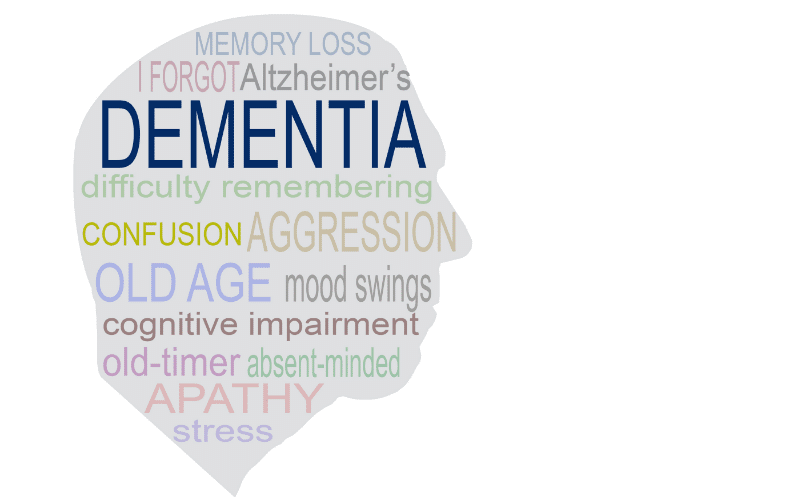Introduction: An In-Depth Look into Dementia’s Behavioral Aspects

When you hear the term “dementia,” what comes to mind? For most people, dementia is primarily associated with memory loss. However, this is a limited view of a complex and multifaceted condition that impacts various aspects of cognitive function. In reality, dementia encompasses a spectrum of symptoms that go beyond memory impairment. A critical area often under-emphasized revolves around behavioral changes, which are as challenging as they are diverse.
Behavioral issues in dementia, such as aggression, depression, or hallucinations, can make an already complicated journey even more difficult for both patients and their caregivers. Understanding these issues isn’t always straightforward; they can subtly unfold, hiding behind the more blatant signs of memory loss, making them easy to overlook or misconstrue. The ripple effects these behavioral issues create on the quality of life for those affected by dementia cannot be underestimated.
In this comprehensive exploration, we will delve into 15 key facts about behavioral problems associated with dementia. These facts aim to shed light on the lesser-known aspects of the condition, to provide a holistic understanding of dementia’s impacts. With knowledge comes power, and in the realm of dementia, this understanding can lead to better support, more effective communication, and a higher quality of life for those affected.
Each behavioral symptom associated with dementia has its unique features and challenges. We’ll explore these issues in detail, offering valuable insights into what is happening behind the scenes when these behaviors occur. This exploration is not just about presenting facts but about painting a vivid picture of the lived experiences of individuals with dementia.
Remember, dementia isn’t a single thread; it’s a complex tapestry that weaves together cognitive, behavioral, and emotional changes. Each of these 15 facts is a strand in that tapestry, bringing us one step closer to understanding the bigger picture. So let’s embark on this journey together, one fact at a time.
Fact 1. Aggression: Chaotic Nature of Dementia

Aggression in dementia is a profound and often surprising behavioral change. It can arise seemingly out of the blue, turning a peaceful moment into a tense situation filled with physical or verbal hostility. This sudden switch in demeanor can be perplexing and alarming for both caregivers and loved ones. It is as if the person they knew has momentarily disappeared, replaced by someone else entirely.
The first thing to note is that this aggression isn’t indicative of the individual’s personality or character. Rather, it is a symptom of their disease, a warped way in which dementia manifests itself. It’s not about malice or ill-intent. Dementia can cause individuals to respond in ways that they never would have in their previous, healthier state.
The crucial question, then, is why does aggression occur? The underlying reasons can be multifaceted, often tied to frustration, confusion, or fear resulting from cognitive decline. Alternatively, it may be a reaction to a seemingly innocuous event or change in environment that the individual finds distressing due to their altered cognitive state.
Diffusing these situations requires patience, understanding, and a shift in perspective. It is essential to approach these instances of aggression as a cry for help or a sign of distress, rather than an act of willful disobedience or defiance. The aim should always be to provide comfort and reassurance, as opposed to trying to win an argument or impose control. (1)